|
|

Maple sap is thin, barely sweet and as colorless as spring water. The
distinctive maple taste comes only through boiling. However, the sugar
in the sap is a bit of a mystery.
It seems that each fall, the tree produces its own supply of starch to
act as an anti-freeze for the roots in winter. With the melting of
snow, water enters the roots and begins the circulation of 'sugar
water' through the tree in preparation for the growing season.
As a result, sap runs in fits and starts from the first spring thaw
until the buds turn into leaves from mid-March until April.
During the growing season, maples accumulate starch. With the spring
thaw, enzymes change this starch into sugar which mixes with the water
absorbed through the roots, imparting a slightly sweet taste. While
maple water contains minerals, organic acids and maple taste
precursors, water is its main component (about 97.5%).

If
It's
Not From The Forest, It's Not
Wild!
Mike Poulin,
|
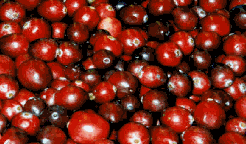
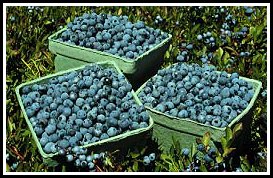
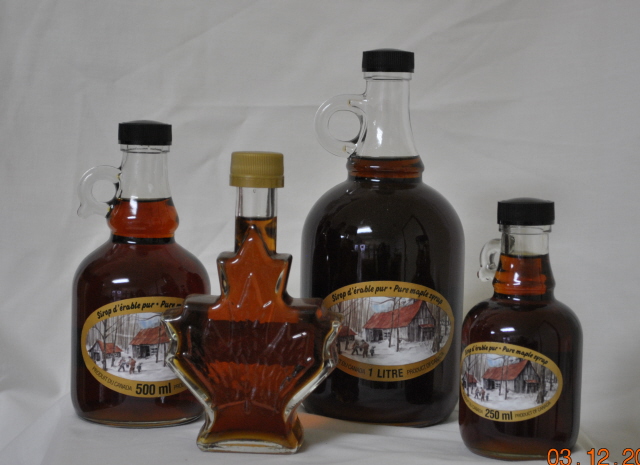

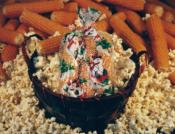
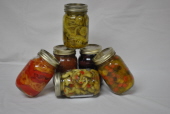
|
|